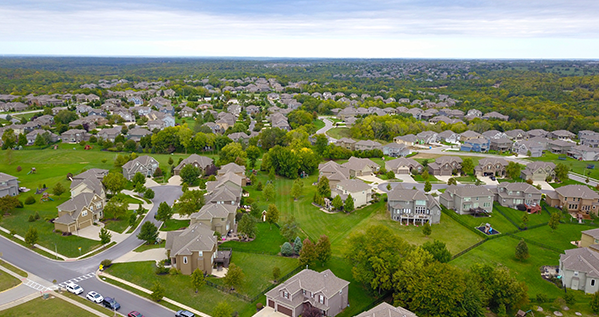
An Association must be aware that once it receives notice that one of its owners has filed for bankruptcy protection, and the bankruptcy case is pending, no further attempts to collect any unpaid assessments may be commenced without first obtaining the approval of the bankruptcy court. This preclusion from collection during a bankruptcy case is commonly known as the automatic stay.
There are two types of bankruptcy cases that individuals may file. The first is a Chapter 7 bankruptcy. In a Chapter 7 bankruptcy, an individual is asking the court to “liquidate” all his or her assets and discharge any remaining financial obligations as of the date the bankruptcy case is filed. An individual who is only seeking to “reorganize” his or her debts files a Chapter 13 bankruptcy. In a Chapter 7 bankruptcy, there is not much for an association to do to protect its interests. If the court determines that an individual in Chapter 7 bankruptcy is entitled to protection from his or her creditors, a discharge order will be entered. What is the effect of the discharge order on an individual owner’s assessment account with the association? All assessments that were due and owing as of the date the owner filed for bankruptcy protection may not be personally collected from the owner. However, the owner is obligated to make all payments for assessments that become due and owing after the bankruptcy filing date. For example, if an owner files for Chapter 7 bankruptcy protection on June 10th, all amounts owed through June 10th may not be personally collected from the owner if a discharge order is ultimately entered. However, all amounts that are levied on the account commencing on June 11th and forward may be collected from the owner, even if the owner obtains a bankruptcy discharge. BUT these amounts may only be collected from the owner after the bankruptcy case is closed unless the association has filed a motion for relief from the automatic stay with the bankruptcy court. If a relief stay motion is filed and granted, it allows the association to continue with collection of the post-petition assessments while the bankruptcy case remains pending.
Chapter 13 bankruptcies differ in that the individual filing bankruptcy is looking to reorganize his or her debts, not be completely absolved of them. In a Chapter 13 bankruptcy, an individual will set forth a proposed plan for repayment of his or her debts. Since an association’s right to receive assessment payments are secured by a lien against each individual owner’s home/property/unit, associations can receive 100% of the amounts owed to it at the time an individual owner files for Chapter 13 bankruptcy protection. There are, however, certain steps that an association must take to ensure that it is paid all these amounts. Before these steps are described, associations must understand that regardless of whether an owner files for Chapter 7 or Chapter 13 bankruptcy protection, and if the owner obtains a discharge of his or her obligations, the discharge only eliminates the owner’s personal obligation to pay the delinquent assessments. Since the obligation to pay assessments is both the personal obligation of the owner and an obligation that runs with the underlying real estate, the association still has a valid lien for the unpaid assessments that were discharged in bankruptcy. The association may still collect the assessments discharged in bankruptcy, but it will need to be careful in doing so. Any association seeking to recover pre-petition assessments should consult with its attorneys to determine the appropriate method of collection.
As for the actions to be taken by associations in an owner’s bankruptcy case, the most common first step is the filing of a proof of claim. The proof of claim sets forth the amount owed to the association as of the bankruptcy filing date in addition to establishing that the association maintains a secured interest in the owner’s real estate. After filing the proof of claim, the association must make sure that the owner’s plan for repayment of his or her debts includes the association’s claim, in the full amount, and as a secured claim. If the association’s claim is not properly accounted for in the plan, the association may not receive all payments to which it is entitled, and it should therefore consider filing an objection to the plan. Once the bankruptcy court confirms the owner’s plan, the association can expect to begin receiving monthly or periodic payments from the bankruptcy trustee toward the arrearage. The payments are typically spread out over a period of three to five years.
Our multiple law office locations allows us to meet with you at a convenient location.
admin@csrlawfirm.com Mon – Fri 9:00-5:00
This article is being provided for informational purposes only. This article does not constitute legal advice on the part of Costello Sury & Rooney. or any of its attorneys. No association, board member or any other individual or entity should rely on this article as a basis for any action or actions. If you would like legal advice regarding any of the topics discussed in this article and/or recommended procedures for your association going forward, please contact our office.